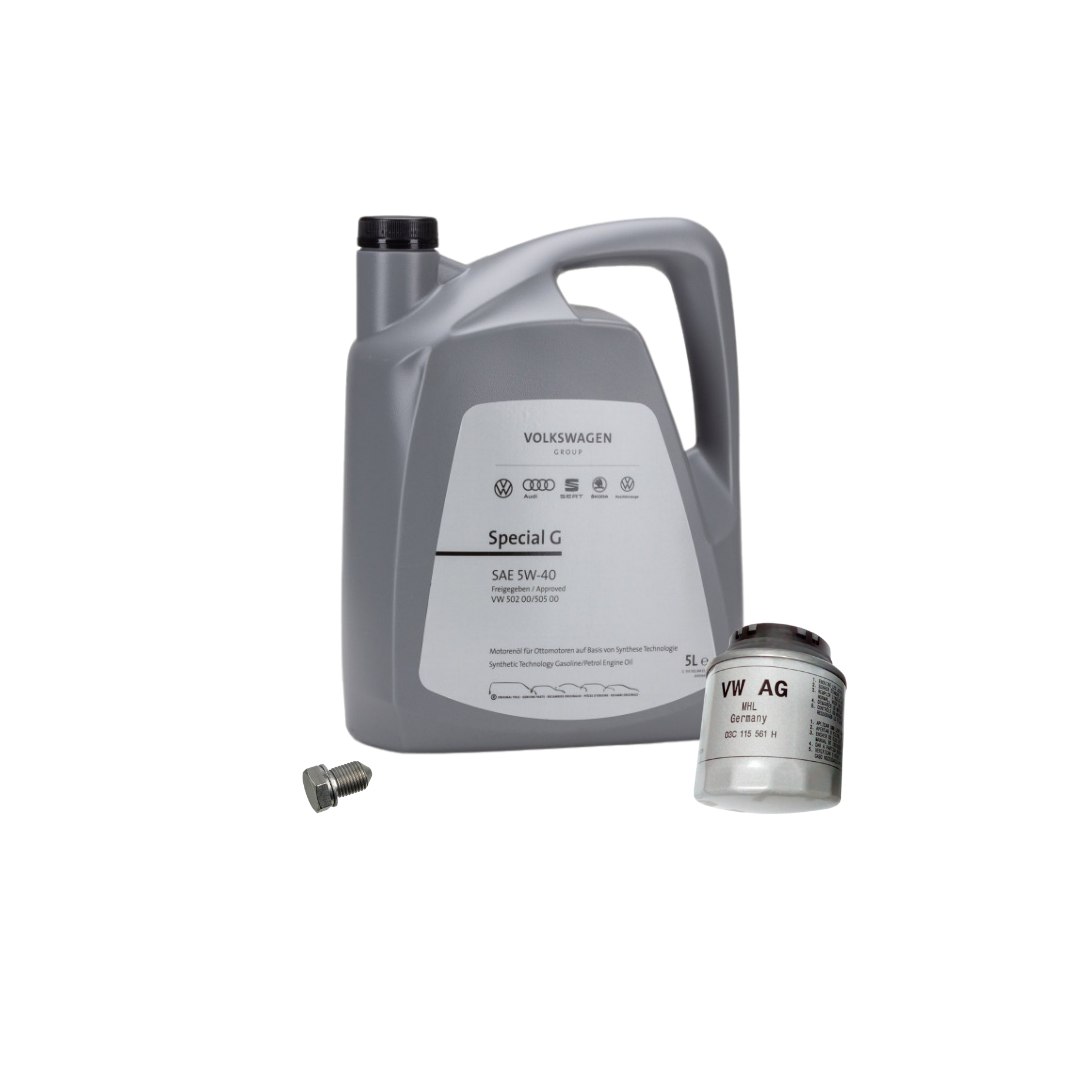Rely on a premium clp engine for heavy-duty use.
Rely on a premium clp engine for heavy-duty use.
Blog Article
Just How a Clp Engine Can Enhance Performance in Various Industries
The advent of CLP engines marks a significant shift in functional efficiency across numerous fields, driven by their ability to optimize gas consumption and lessen downtime. Industries such as production and logistics stand to acquire substantially from their durable style and regular power output, which promise to improve procedures and boost productivity. As companies progressively prioritize sustainability alongside performance, the duty of CLP engines comes to be a lot more essential. What stays to be seen is exactly how these developments will certainly form the future landscape of commercial procedures and their influence on broader economic patterns (clp engine).
Summary of CLP Engines
CLP engines, or Continual Fluid Propellant engines, represent a considerable innovation in propulsion modern technology, particularly for area applications. These engines make use of a continual feed system that permits the continual expulsion of propellant, bring about enhanced efficiency and performance compared to traditional solid or hybrid propulsion systems. By maintaining a consistent circulation of fluid propellant, CLP engines can accomplish a lot more exact drive control, which is critical for navigating spacecraft in numerous mission scenarios.
The style of CLP engines integrates sophisticated materials and innovative gas monitoring systems. clp engine. This results in minimized weight and raised reliability, vital variables for long-duration room missions. Moreover, the continual operation minimizes the danger of burning instability, a typical difficulty in conventional rocket engines.

Benefits in Production
The manufacturing of Continual Liquid Propellant (CLP) engines provides a number of significant benefits that boost both performance and cost-effectiveness. One of the main advantages is the structured manufacturing procedure, which minimizes the intricacy connected with traditional propulsion systems. By using fluid propellant, producers can attain higher accuracy in engine performance, leading to optimized power output and reduced waste.
Additionally, CLP engines facilitate a higher level of modularity, enabling much easier combination into numerous production lines. This flexibility can considerably decrease preparations and improve general functional adaptability. Making use of CLP innovation also has a tendency to reduce the demand for comprehensive upkeep because of less moving parts, which translates into reduced downtime and operational prices.

Applications in Logistics
Leveraging Constant Liquid Propellant (CLP) engines in logistics uses substantial benefits in operational effectiveness and dependability. These engines offer a robust option for various transportation needs, making it possible for the seamless movement of products across substantial distances. The intrinsic layout of CLP engines permits regular power result, which converts into smoother and a lot more foreseeable transport schedules.
One of the essential applications of CLP engines in logistics remains in durable freight transportation, where they can drive both ground and airborne vehicles. Their capacity to maintain high efficiency under varying lots problems makes certain that delivery timelines are satisfied, thereby enhancing client fulfillment. Furthermore, CLP engines can be integrated right into automated logistics systems, helping with real-time monitoring and enhancing route more information planning.
Moreover, the resilience of CLP engines minimizes maintenance downtime, permitting logistics business to maximize their operational abilities. This is particularly helpful in warehousing operations, where efficiency in handling and transporting products is critical. As logistics remains to advance, the assimilation of CLP engines represents a forward-thinking method that not just boosts performance however additionally sustains the sector's expanding needs for reliability and rate.
Influence On Energy Efficiency
Just How do Continual Liquid Propellant (CLP) engines improve energy efficiency in transport? CLP engines make use of a constant flow of fluid fuel, enhancing burning procedures and keeping a secure thrust result. This style reduces energy losses related to conventional burning engines, where fuel shipment can vary and lead to inadequacies.
The continuous operation of CLP engines enables an extra efficient thermal cycle, leading to greater details impulse compared to traditional engines. clp engine. This translates to minimized gas usage for the very same amount of work done, dramatically reducing functional prices throughout numerous transport markets, including air travel and maritime markets
Moreover, the ability of CLP engines to preserve optimal performance under varying load problems reduces the requirement for constant velocity and deceleration, even more improving fuel performance. Enhanced power performance not only adds to cost savings but additionally brings about decrease greenhouse gas discharges, straightening with international sustainability goals.
Future Trends and Innovations
Emerging developments in Continuous Fluid Propellant (CLP) engine modern technology pledge to reinvent the landscape of transportation performance and sustainability. As industries pivot towards greener options, CLP engines stand at the forefront, integrating innovative materials and style methods that improve efficiency while minimizing environmental impact.
One of one of the most appealing trends is the adoption of crossbreed systems that combine CLP engines with renewable resource resources. This harmony can optimize fuel usage and decrease emissions, lining up with international sustainability objectives. Developments in computational liquid dynamics (CFD) are facilitating the layout click this link of even more aerodynamically efficient engines, leading to decreased drag and boosted fuel performance.
Moreover, the growth of smart tracking systems is readied to enhance operational efficiencies. These systems leverage data analytics and IoT modern technology to maximize engine efficiency in real-time, making certain that the engines operate within their most efficient specifications.
As research study proceeds to check out alternate propellant visit this page formulations-- such as biofuels and artificial gas-- the future of CLP engines looks appealing. By harnessing these technologies, sectors can not only boost their performance yet likewise contribute dramatically to a cleaner, much more sustainable future in transportation.
Verdict
In final thought, CLP engines stand for a significant advancement in efficiency across multiple sectors. The assimilation of sophisticated products and fewer relocating parts reduces maintenance requirements, while placement with sustainability objectives placements CLP engines as a pivotal modern technology for the future.
Report this page